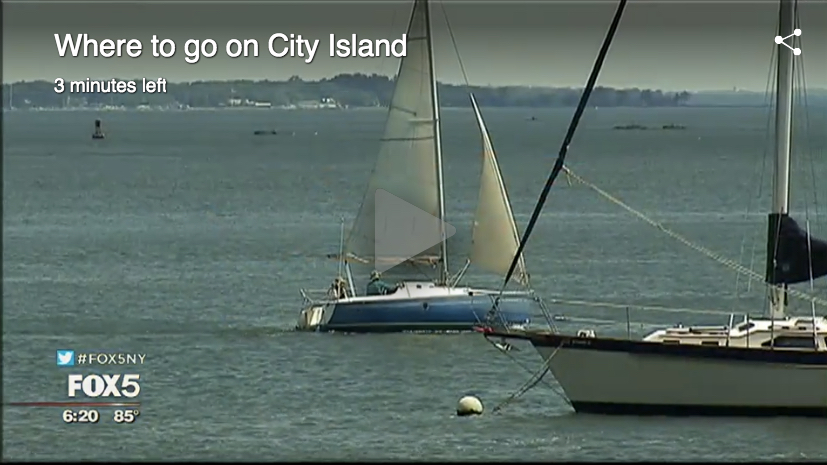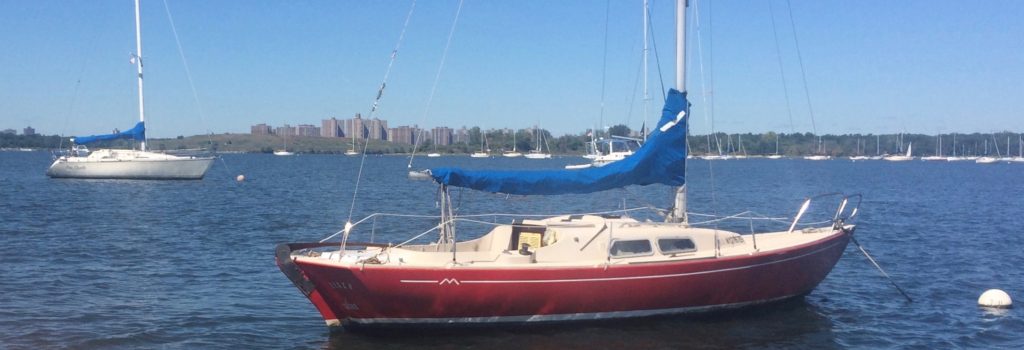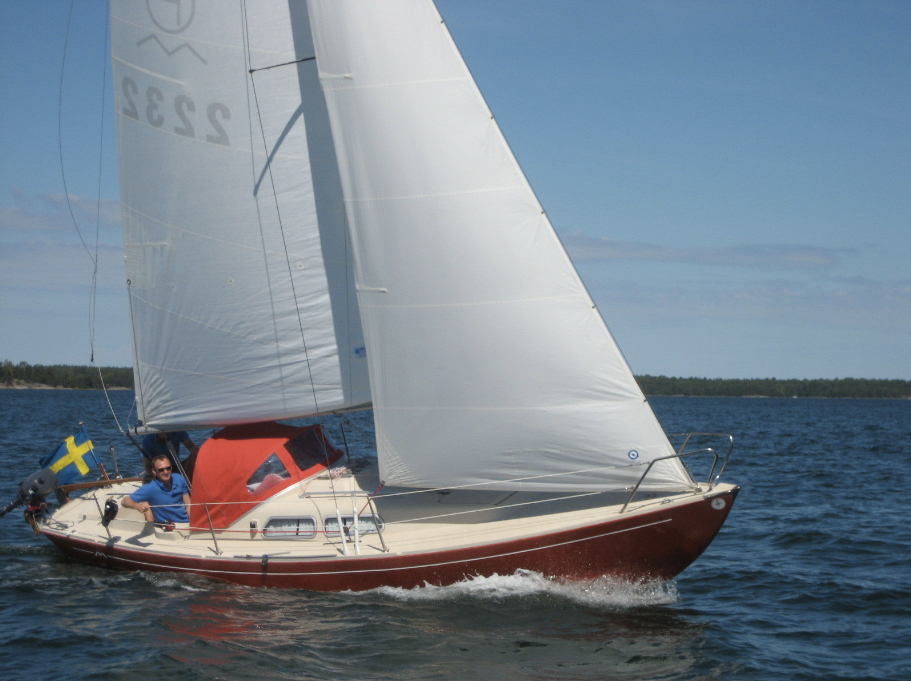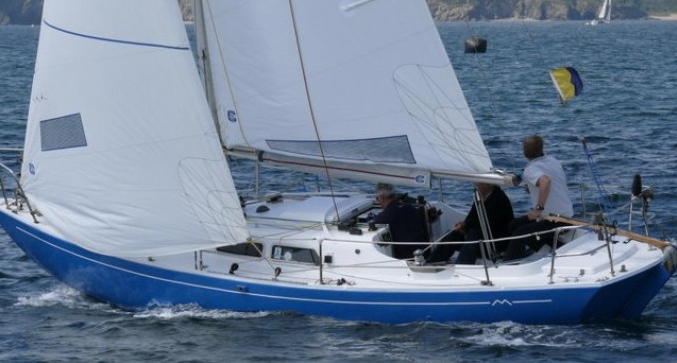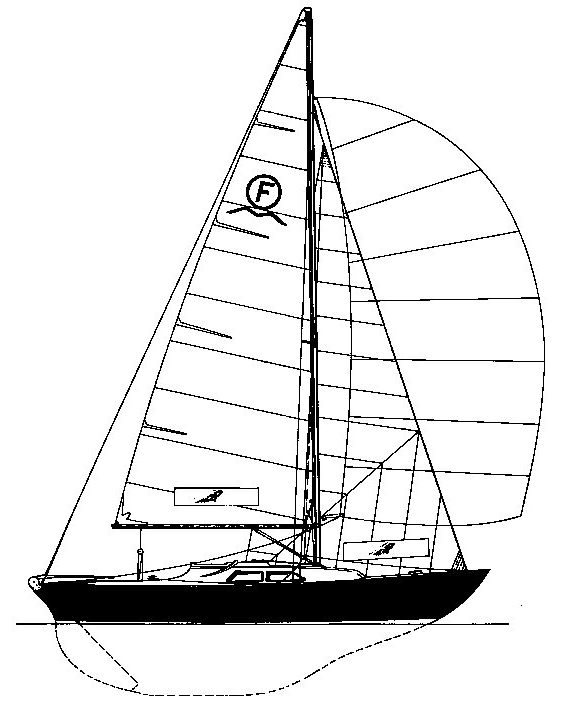When media needs a captained boat rental for tv, film, ad & photo shoots, we often get the call.
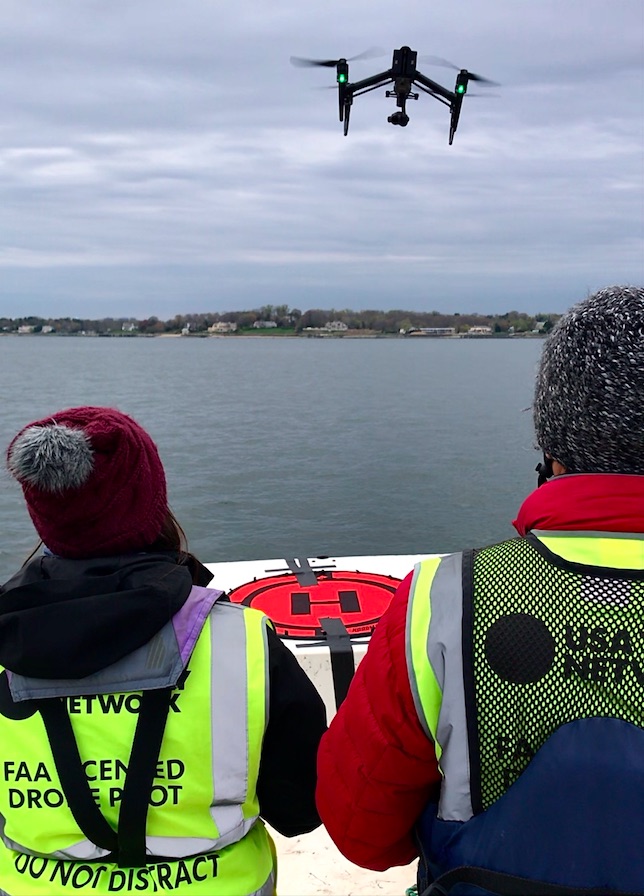
In that pic: USA Network journalists/drone pilots in action from our Carolina Skiff on Long Island Sound. The foredeck is like a drone heliport, and the open profile of the stable skiff facilitate shooting in any direction from on board. Here’s a sample of what they captured before their drone landed:
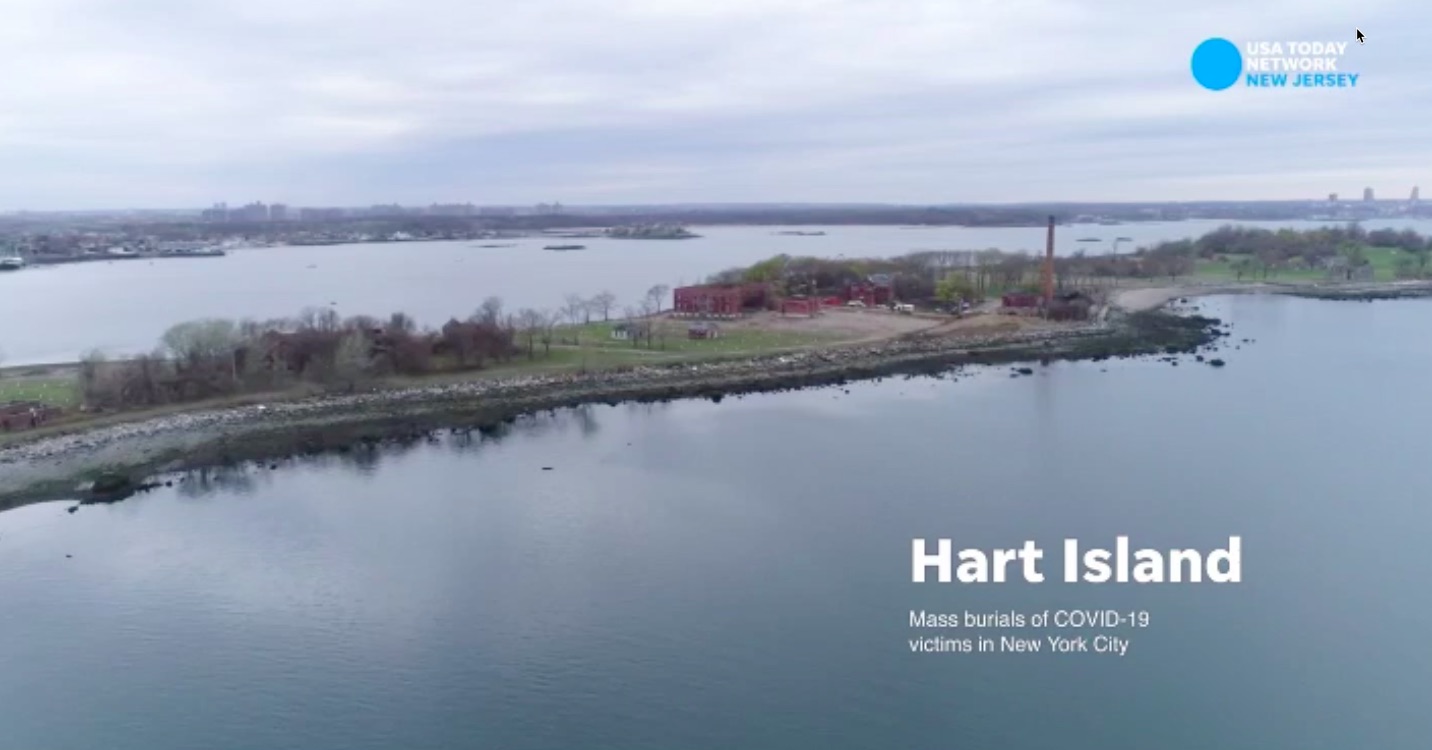
This isn’t anything new for New York Sailing Center. We’ve been featured on cable, network TV, and in print since soon after we opened in the fall of 1997 with on-water classes starting in April of 1998. And, we’ve helped produce the full spectrum of the same things for other purposes.
Our Director and HBIC (Head Bozo in Charge), Captain Stephen Glenn Card, is a solid photographer if slightly shakier on the video front. However, he’s an all-around rock star on setting things up – and then keeping clear – so pros get their shots: by still lens, video, and anything attached to a drone. Somehow it just comes naturally to him.

In that pic: a glassy calm photo session from City Island Harbor, looking out over Long Island Sound. That’s the ‘Gold Coast’ of Nassau County, Long Island in the background. This was a lengthy piece in New York Magazine last summer. We took NY Mag out for stills from our Carolina Skiff and aerials via drone, ranging from the Brother Islands in the East River out to some small islands off Westchester in the Sound. Foreground of pic: the Chimney Sweeps, large rock islets off City Island.
When the shoot calls for talent on a boat with a particular look and lighting, we can supply the boats and time the lighting. For one shoot, Captain Card was hired to captain a 40-foot sailboat for a few days that was the main location for a short independent movie. Departing Sag Harbor each morning, he drove the boat to wherever the director wanted the background to be, and oriented the sailboat for the best lighting. There was a go-fast chaseboat available for some of the shooting, and some crew and talent transfers, but most of it was from right on board the sailboat, and Captain Card brought them along from the dock
At anchor for one scene, the lighting wasn’t quite working out. So, he rigged a bridle from bow to stern which the anchor line could be slid along, letting him instantly and exactly change the boat’s angle to the sun as the DP needed in the moment. Brilliant! Idea, that is… the lighting was more subtle on purpose.
In that pic: New York’s Channel 5 did a series a few summers ago called “Closer Than You Think,” about things to see and do in NYC that were, well… yeah. Closer. They did a piece on City Island, and we got most of the air time as well as a lengthy thanks/mention in the studio segment with the reporters. We were featured, of course, but we were also very involved in all aspects of setting up the shoot: scenes from our pier (as in this pic), chase boat, and video from both. It’s a fun video; check it out here!
We absolutely love doing this stuff, whether it’s zooming around in our go-fast Carolina Skiff to chase down a sailboat in a shoot, cruising to a destination for scenery, or whatever actually. We still love just being on the water. Never grows old.
